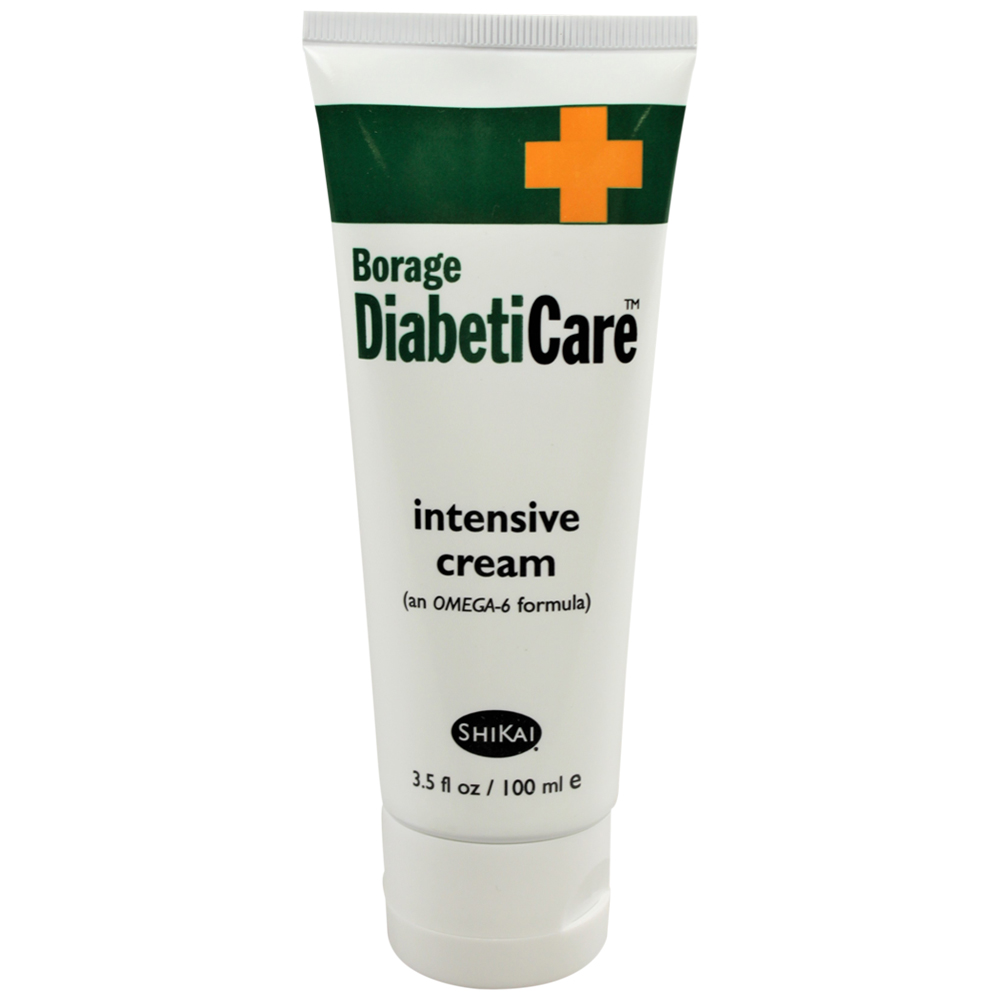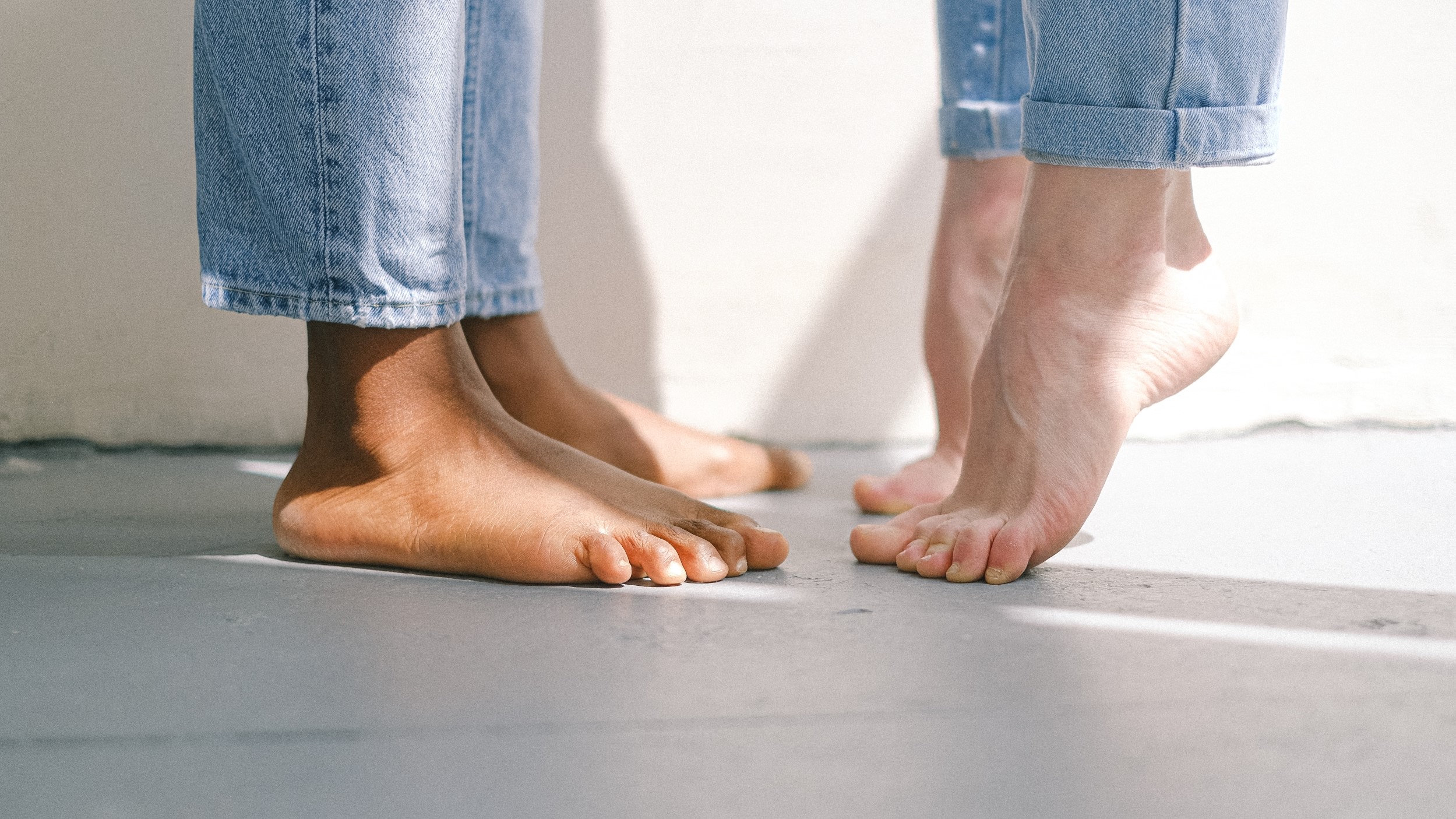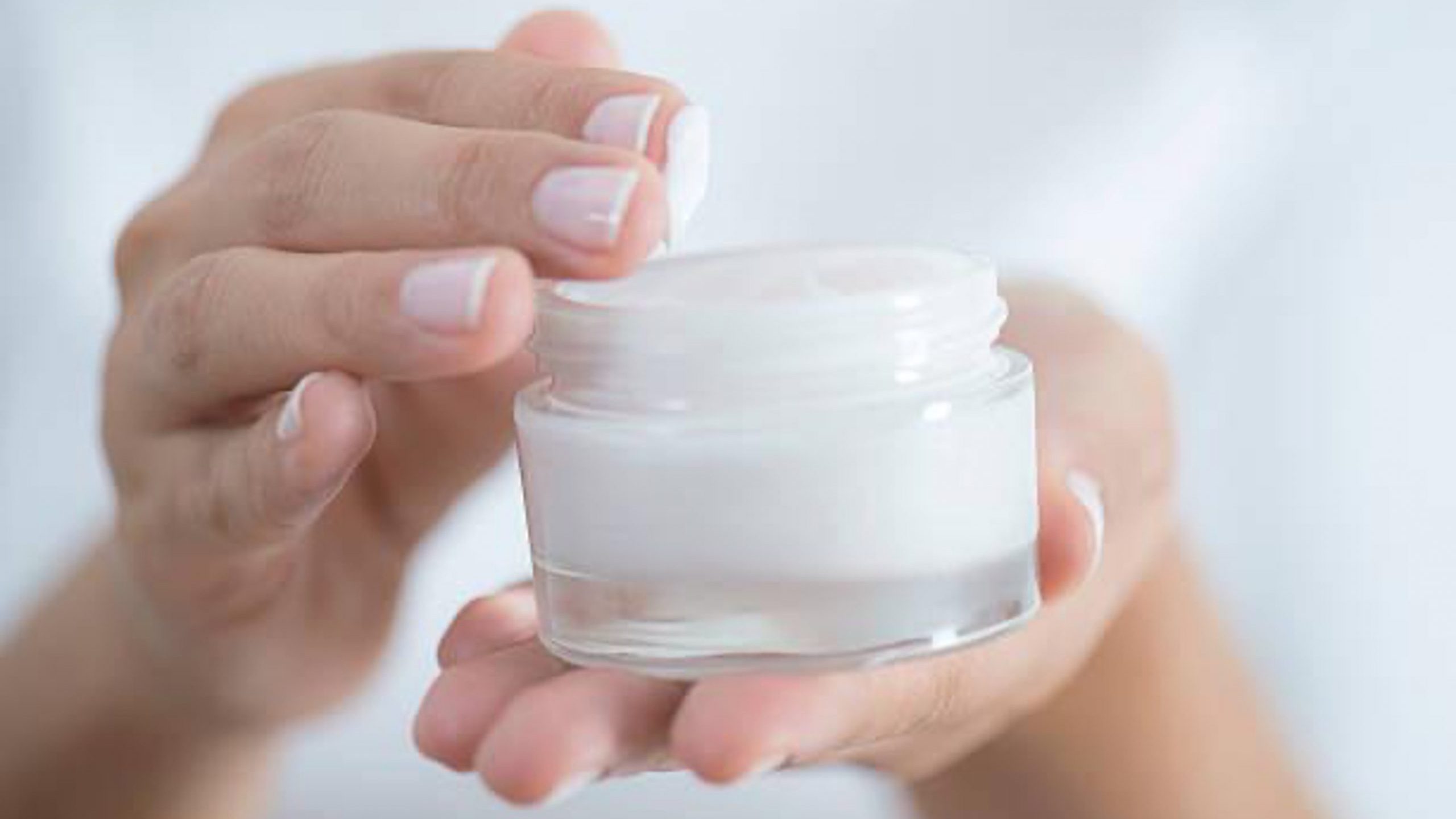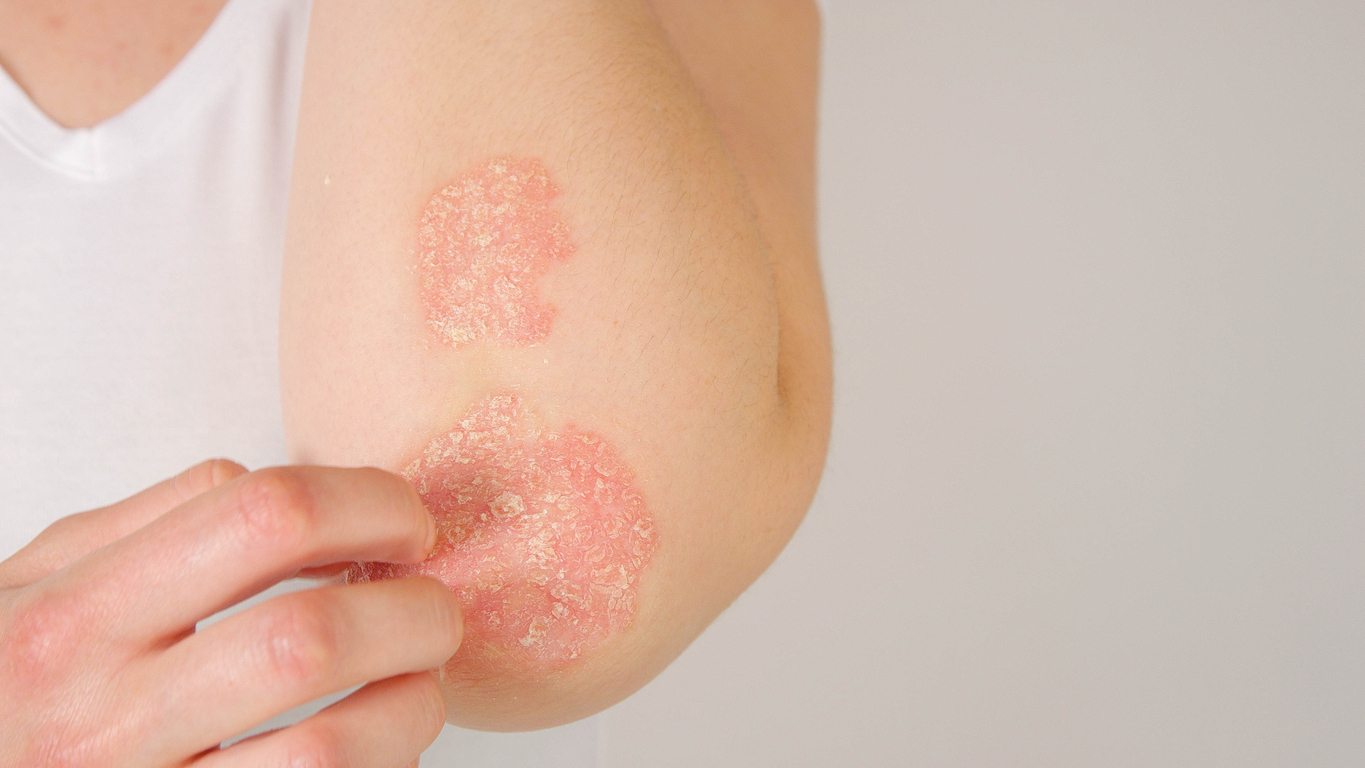What causes diabetic dry skin?
People with diabetes often experience dry skin, which can be uncomfortable and even lead to more serious skin conditions. There are several factors that can contribute to dry skin in people with diabetes, including:
- High Blood Sugar Levels: When blood sugar levels are high, it can cause the skin to become dry and itchy. This is because excess glucose in the blood can cause damage to the blood vessels that supply the skin with nutrients and moisture (source).
- Neuropathy: High blood sugar levels over time can damage the nerves in the body, including those that control the sweat glands. This can lead to decreased sweating and dry skin.
- Poor Circulation: People with diabetes are at risk for poor circulation, which can contribute to dry skin. This is because the blood vessels that supply the skin with nutrients and moisture may not be functioning properly.
- Dehydration: Dehydration can make dry skin worse in people with diabetes. This is because high blood sugar levels can cause increased urination, which can lead to dehydration.
- Medications: Certain medications used to treat diabetes, such as insulin, can cause dry skin as a side effect.
It is important for people with diabetes to take steps to prevent and treat dry skin to avoid more serious skin conditions. This includes keeping blood sugar levels under control, staying hydrated, and using moisturizers and other skin care products specifically designed for people with diabetes.
What are the symptoms of diabetic skin problems?
Diabetic skin problems can manifest in different ways, and the symptoms can vary depending on the type of skin condition a person has. However, there are some common symptoms that people with diabetes may experience, which can be a sign of skin problems:
- Dry skin: One of the most common symptoms of diabetic skin problems is dry skin. When a person has high blood sugar levels, it can cause the skin to lose moisture, leading to dryness and itching.
- Itching: Another symptom of diabetic skin problems is itching. When the skin is dry, it can be itchy and uncomfortable. Itching can also be a sign of a skin infection, which is more common in people with diabetes.
- Dark patches: Acanthosis nigricans is a skin condition that causes dark patches of skin to develop. These patches usually appear in body creases, such as the neck, armpits, or groin. Acanthosis nigricans is a sign of insulin resistance and can be a sign of prediabetes or type 2 diabetes (source).
- Slow healing: People with diabetes may also experience slow healing of wounds and cuts. High blood sugar levels can damage blood vessels and nerves, which can affect the skin’s ability to heal.
- Infections: Diabetic skin problems can also make a person more prone to skin infections. Bacterial and fungal infections are common in people with diabetes, and they can cause symptoms such as redness, swelling, and pain.
It’s important to note that not everyone with diabetes will experience skin problems, and some people may have different symptoms than those listed above.
If a person with diabetes notices any changes in their skin, they should talk to their healthcare provider. Early diagnosis and treatment of skin problems can help prevent complications and improve overall health.
Can diabetic dry skin lead to more serious problems?
One of the most common complications of diabetic dry skin is skin infections. When the skin is dry and cracked, it can become more susceptible to bacterial and fungal infections. These infections can be difficult to treat and can lead to more serious problems if left untreated.
In addition to skin infections, diabetic dry skin can also lead to foot ulcers. Foot ulcers are open sores that can develop on the feet of people with diabetes. They can be painful and can lead to serious complications if gone untreated.
Another potential complication of diabetic dry skin is diabetic dermopathy, a skin condition that causes brown, scaly patches on the skin. While diabetic dermopathy is not usually a serious condition, it can be a sign of more severe skin problems.
To prevent these complications, it is important for people with diabetes to take care of their skin. If a person with diabetes notices any changes in their skin, such as dryness, itching, or redness, they should see a doctor or dermatologist for evaluation and treatment.
How can diabetics manage dry skin?
Diabetics can manage dry skin by following a few simple tips:
- Control blood sugar levels: Keeping blood sugar levels within a normal range can help prevent skin problems from getting worse.
- Use moisturizer: Moisturizing the skin daily can help make it more flexible and prevent cracks that can lead to infection. Dermatologists recommend using a cream or ointment rather than a lotion for best results.
- Avoid hot water: Hot water can strip the skin of natural oils, leading to dryness. Diabetics should avoid taking hot showers or baths and use lukewarm water instead.
- Choose gentle soaps: Harsh soaps can also strip the skin of natural oils. Diabetics should choose mild, fragrance-free soaps and avoid using them on areas of the body that are prone to dryness.
- Wear protective clothing: Wearing long sleeves, pants, and gloves can help protect the skin from harsh weather and other irritants.
- Stay hydrated: Drinking plenty of water can help keep the skin hydrated from the inside out.
By following these tips, diabetics can help manage dry skin and prevent more serious skin problems from developing.
What is the best lotion for diabetic dry skin?
One lotion that has received positive reviews from customers is Sween 24 Once a Day Cream. This lotion uses a hydrating, moisturizing formula to soothe dry, chapped or chafed skin and lips. It just needs to be applied once per day for relief. Customers have reported that it is very soothing and works well to improve their dry skin.
It is important to note that everyone’s skin is different, and what works for one person may not work for another. That’s why Medical Monks offers a comprehensive catalog of skincare products, encompassing a range of lotions and creams from reputable manufacturers. This ensures you can select the ideal product tailored to your unique needs.
Note that it’s always a good idea to consult with a dermatologist or healthcare provider before trying a new lotion.
What are some tips for preventing diabetic skin complications?
People with diabetes are more prone to skin complications, including dry skin, infections, and wounds that heal slowly. These complications can be prevented by taking good care of your skin. Here are some tips to help prevent diabetic skin complications:
1. Keep your skin clean and dry
Wash your skin with a mild soap and lukewarm water. Avoid hot water, which can strip your skin of natural oils and make it dry. After washing, pat your skin dry with a soft towel. Don’t rub your skin, as it can irritate and damage it.
2. Moisturize your skin regularly
Apply a good quality moisturizer to your skin after washing and drying it. Look for a moisturizer that contains ingredients like urea, lactic acid, or glycerin, which can help hydrate your skin and keep it soft and supple. As mentioned earlier, the Sween 24 Once a Day Cream is a product that has received positive reviews for this purpose.
3. Protect your skin from the sun
Too much exposure to the sun can damage your skin and make it dry. Use a sunscreen with an SPF of 30 or higher to protect your skin from harmful UV rays. Wear protective clothing, such as long-sleeved shirts, pants, and hats, when you’re outside.
4. Check your skin regularly
Check your skin regularly for any signs of dryness, cracks, or wounds. If you notice any changes, such as redness, swelling, or itching, contact your healthcare provider right away.
5. Manage your blood sugar levels
High blood sugar levels can damage your blood vessels and nerves, which can lead to skin complications. Manage your blood sugar levels by following your diabetes treatment plan, including taking your medications as prescribed, eating a healthy diet, and staying physically active
Product Solutions

Borage Intensive Cream
Borage DiabetiCare Intensive Cream from Salk relieves dry cracked skin in just days and promotes the growth of healthy new skin cells for longterm benefits

Sween 24 Once a Day Cream
Sween 24 is a moisturizing cream formulated with dimethicone to soothe dry, chapped or chafed skin and lips for up to 24 hours. As both















